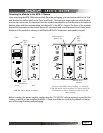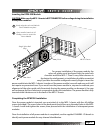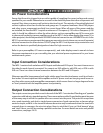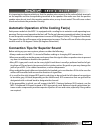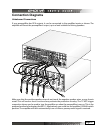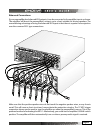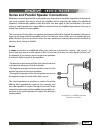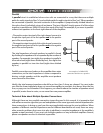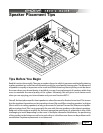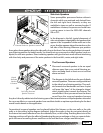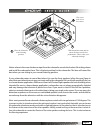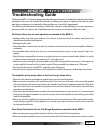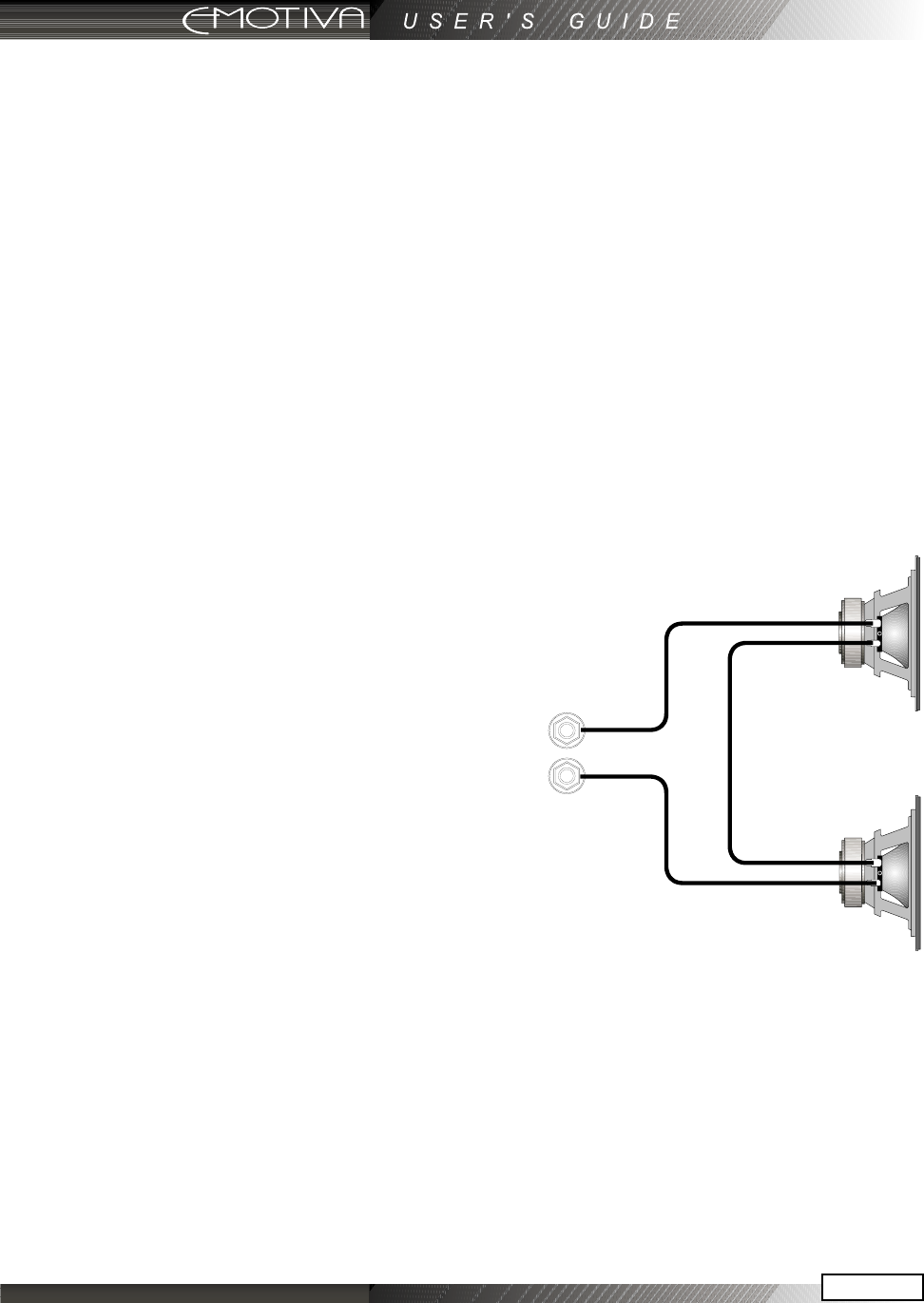
Page 24
Page 25
Series and Parallel Speaker Connections
Whenever connecting more than one speaker per channel to an amplier (regardless of the brand),
you must consider the way in which the amplier will be impacted by adding the additional
speaker(s). Additionally, speakers with dual voice coils also apply to this consideration. Two voice
coils in a single speaker also cause dierent reactions from an amplier depending on the way in
which they connect to the amplier.
The connection of more than one speaker per channel will tend to degrade the speaker’s frequency
response and may make the amplier run hot. For the best sonic results, use one speaker per am-
plier channel. If you must connect more than one speaker per channel, there are two methods in
which to do so: Series or Parallel.
Series
A series connection is established when voice coils are connected in a string – end to end – so
there’s only one way for audio signals to ow “in” and only one way for audio signals to ow “out”.
For example, if you were to series-connect two speakers
to the front right channel of the amplier:
• The positive output terminal of the right channel connects
to the positive input post of the rst speaker.
• The negative input post of the rst speaker connects to the
positive input post of the second speaker.
• The negative input post of the second speaker connects to
the negative output terminal of the right channel.
The total impedance of speakers in series is found by
adding their impedances together. For example, two
four ohm speakers in series is an eight ohm load. Series
connections are easier on the amplier than parallel con-
nections as the total impedance is higher than driving a
single speaker.
An example of a SERIES connection
between two speakers



